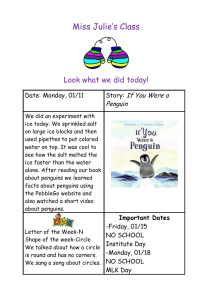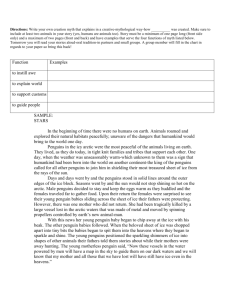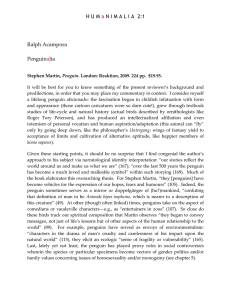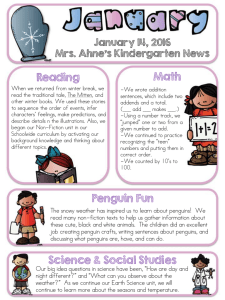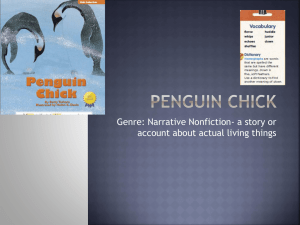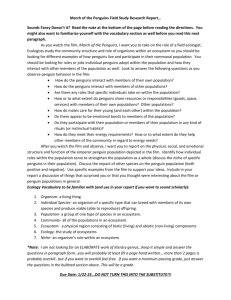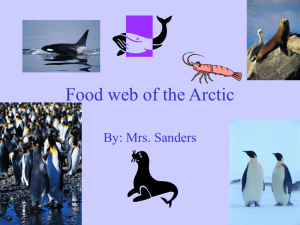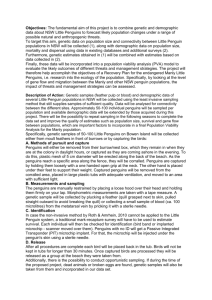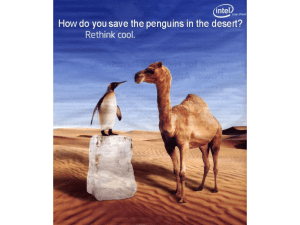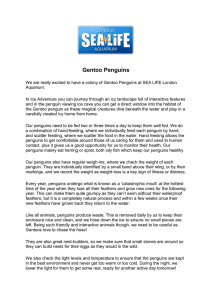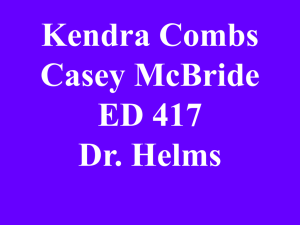Lesson 13 ELA Study Guide
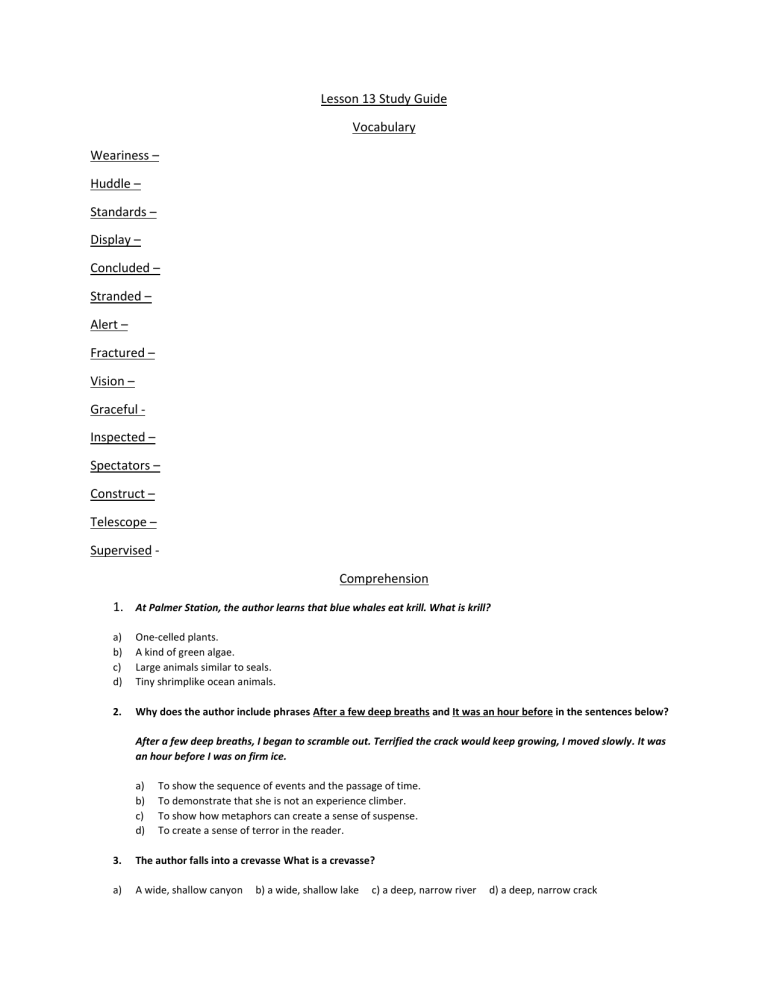
Lesson 13 Study Guide
Vocabulary
Weariness –
Huddle –
Standards –
Display –
Concluded –
Stranded –
Alert –
Fractured –
Vision –
Graceful -
Inspected –
Spectators –
Construct –
Telescope –
Supervised -
Comprehension
1.
At Palmer Station, the author learns that blue whales eat krill. What is krill?
a) One-celled plants. b) A kind of green algae. c) Large animals similar to seals. d) Tiny shrimplike ocean animals.
2.
Why does the author include phrases After a few deep breaths and It was an hour before in the sentences below?
After a few deep breaths, I began to scramble out. Terrified the crack would keep growing, I moved slowly. It was an hour before I was on firm ice. a) To show the sequence of events and the passage of time. b) To demonstrate that she is not an experience climber. c) To show how metaphors can create a sense of suspense. d) To create a sense of terror in the reader.
3.
The author falls into a crevasse What is a crevasse? a) A wide, shallow canyon b) a wide, shallow lake c) a deep, narrow river d) a deep, narrow crack
4.
Which text from the journal includes a simile? a) “Twilight falls and I crawl into my tent…” b) “Frustrated birds shriek like squabbling children…” c) “I have learned that the largest animal on Earth, the hundred-ton blue whale…” d) “The careless scuff of a boot heel…”
5.
Which of these phrases from the journal does NOT help you understand the sequence of events? a) Three miles from Palmer Island. b) It was three in the morning. c) Twilight falls. d) Earlier today.
6.
When does the author see the green flash in the sky? a) At three in the morning b) at dawn c) at sunset d) at noon
7.
In her journal, the author describes a penguin rookery. What is a penguin rookery? a) A place where penguins hunt for food. b) A home for a single penguin family. c) A caged area for studying captured penguins. d) A nesting area for hundreds of penguins.
8.
How does the author organize the events in her journal? a) Geographically by latitude and longitude. b) Systematically from east to west. c) Scientifically by creature. d) Sequentially by date.
9.
When does the author leave Antarctica and go home? a) In February b) in March c) In December d) in January
10.
Which text from the journal includes a metaphor? a) “Dressed in a watchman cap, three layers under my parka and boots…” b) “…I climbed in a stillness broken only by the noise of snow.” c) “It was three in the morning, bright outside…” d) “Near the top I heard a cracking sound, a slap magnified a million times…”
Decoding
5 questions will ask you what the base word is for the giving word.
Example:
What is the base word for the word charging? a)
ing b) char c) charge d) arg
5 questions will ask you what is the ending for the given word.
Example:
What is the ending for the word destroying? a)
de b) ing c) str d) ying
Grammar
10 questions will ask you which helping verb BEST completes the sentence.
Example:
We ________________ have gone swimming this afternoon if the weather had been nice. a) may b) might c) must d) can

